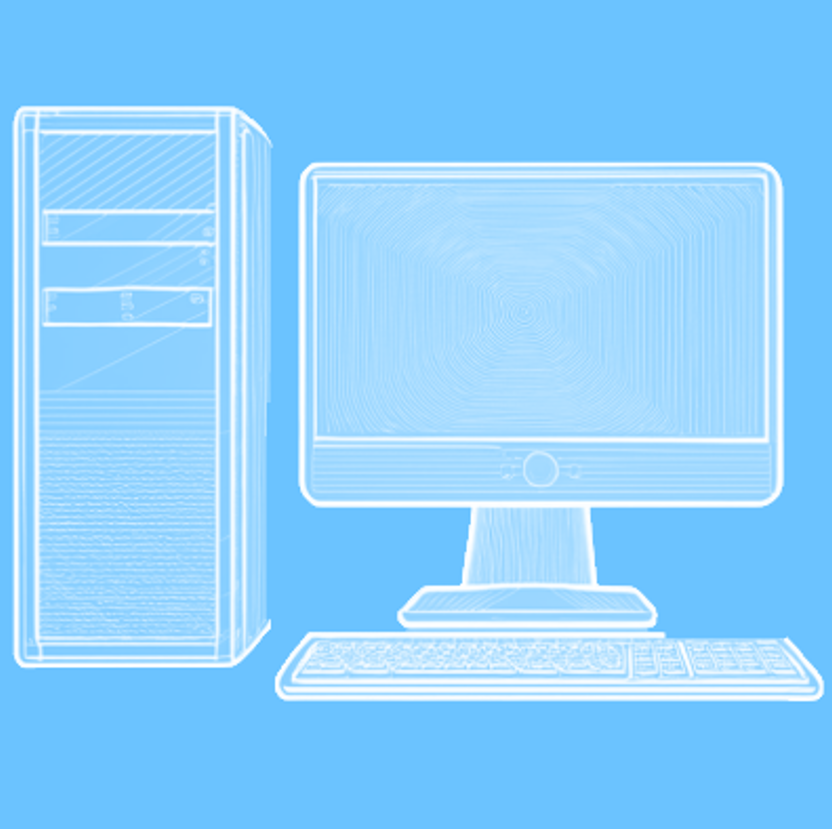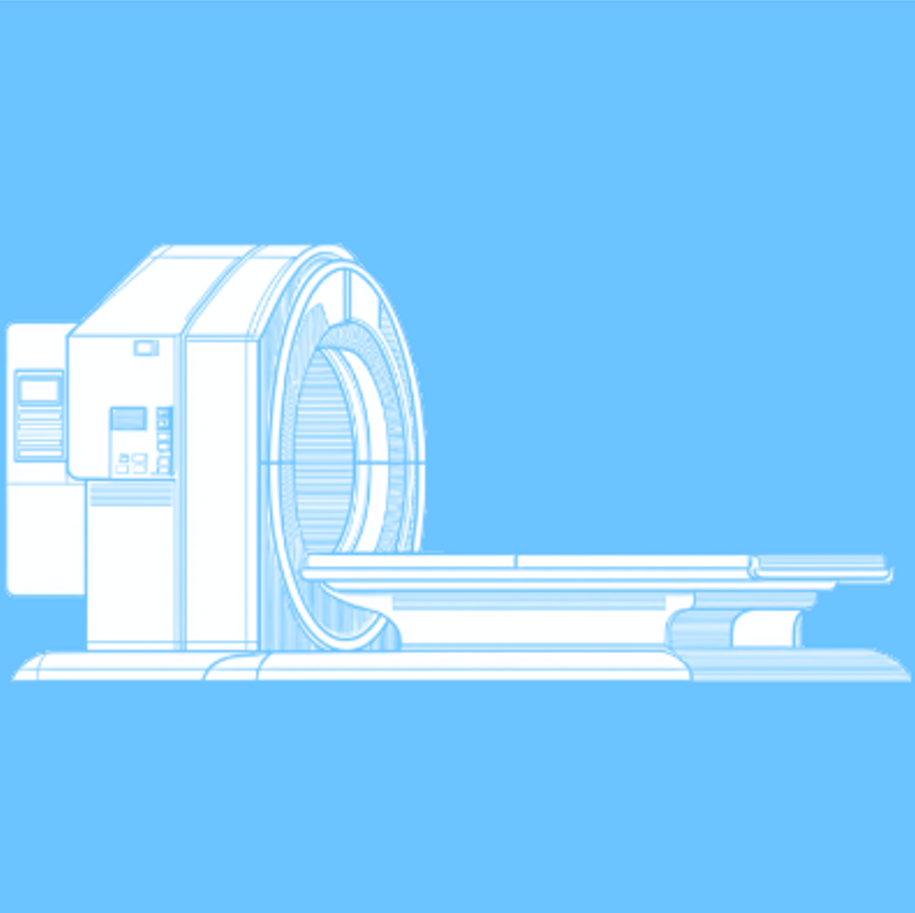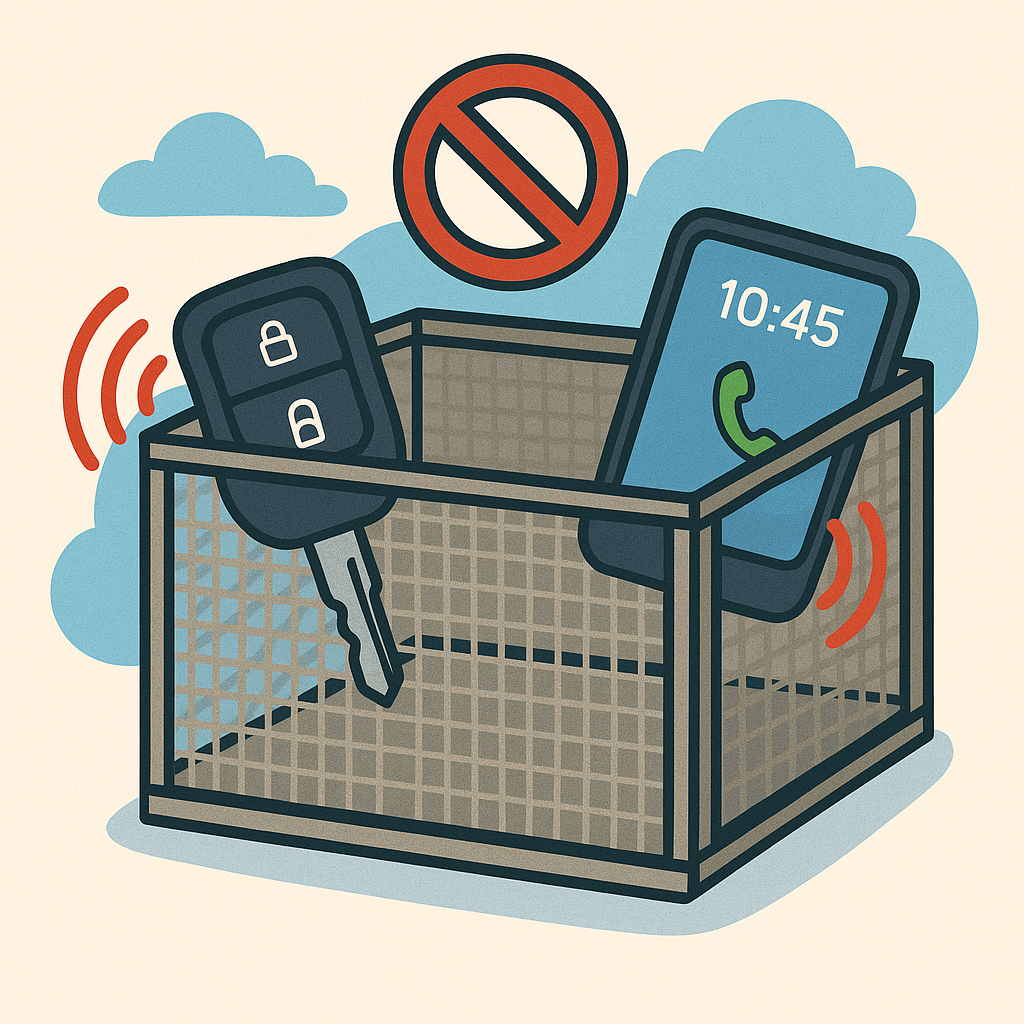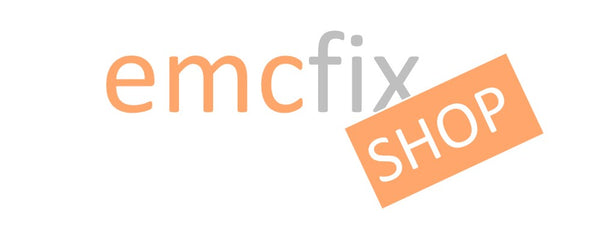What are Shielding Materials?
Shielding materials protect your electronics and cables from electromagnetic interference (EMI) and radio-frequency interference (RFI), noise that can cause instability, data errors, or test failures. They’re used everywhere from home offices and audio setups to industrial control panels and lab equipment.
-

Reduce Interference
Shielding blocks unwanted signals before they can enter or escape your device, helping prevent data errors, dropouts, and random malfunctions. It can work on any electromagnetic signal including Wi-Fi, Bluetooth, mains wiring noise and nearby electronic noise.
-

Improve Reliability
By keeping electromagnetic noise out, shielding ensures consistent performance for precision instruments, audio gear, and fast data lines.
-

Help Meet EMC Compliance
Proper shielding supports smoother EMC testing and helps your products meet mandatory emission and immunity limits.
-

Fix Issues Fast
Apply foils, fabrics, or braided sleeves to existing gear for an instant, low-cost improvement in EMI protection without redesigning the whole system.
Common Shielding Types
-
Foils and Tapes
Foils and tapes use thin layers of conductive metal, like copper or aluminium, to block or reflect electromagnetic fields.
They’re commonly applied to seams, enclosures, and cables to stop interference in home audio systems, computers, and industrial cabinets. -
Conductive Fabrics
These flexible fabrics are woven with or coated in metal fibres that absorb and reflect radio-frequency energy.
They’re ideal for lining plastic housings, creating DIY Faraday covers for routers or phones, and building temporary test enclosures. -
Gaskets and Seals
Conductive gaskets maintain electrical contact between enclosure panels, closing gaps where interference can leak in or out.
They’re used in access doors, junction boxes, and control panels that need to open for maintenance but still remain EMI-tight.
-
Braided Sleeves
Braided metal sleeves encase cables to block external noise and prevent the cable itself from radiating interference.
They’re common in data, audio, and power wiring — from hi-fi setups and car installations to industrial machine control systems. -
Shielded Boxes and Enclosures
Fully enclosed metal or fabric structures create a “Faraday cage” that isolates the contents from electromagnetic fields.
They’re used for protecting sensitive instruments, storing car keys or phones securely at home, and in test labs for EMC measurements. -
Absorber Sheets and Coatings
These materials soak up high-frequency energy and convert it to heat rather than reflecting it.
They’re used inside equipment housings, around wireless modules, or near antennas to reduce unwanted coupling or resonance.
Use of Shielding Materials in the Home

Electromagnetic noise isn’t just an industrial issue — it’s all around us at home too. Wi-Fi routers, Bluetooth devices, smart meters, LED lighting and power supplies can all create or pick up interference that affects audio quality, wireless performance, or even touch-sensitive electronics.
Shielding materials from emcfixSHOP offer simple, effective ways to reduce this interference.
- Copper and aluminium foils can line cupboards or equipment cases to contain or block emissions.
- Conductive fabrics let you make lightweight Faraday covers for routers, laptops, or key fobs to block remote access signals.
- Braided sleeves tidy and shield cables around hi-fi systems, PCs, or smart-home hubs.
- Gaskets and absorber sheets improve shielding around enclosures or DIY projects where plastic cases offer no protection.
Whether you’re solving a hum in your sound system or securing wireless devices, our Shielding Materials Collection includes everything you need for quick, practical home EMC fixes.




